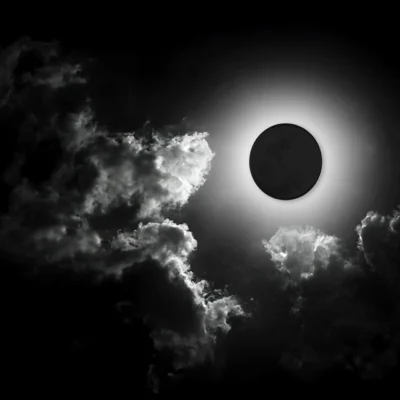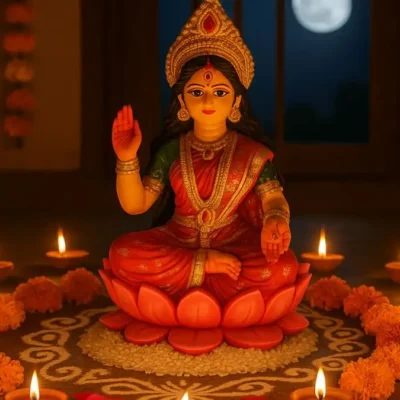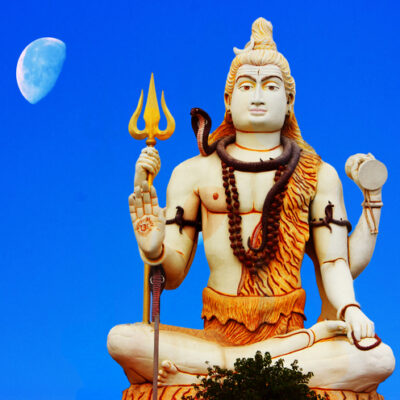Mahabaleshwar Pancha Ganga Temple, Maharashtra

Address
Mahabaleshwar Pancha Ganga Temple, Maharashtra
Satara Rd, Mahabaleshwar,
Maharashtra 412806
Moolavar
Lord Vishnu
Introduction
The Pancha Ganga Temple is a remarkable and historically significant temple dedicated to Lord Vishnu, located in the scenic hill station of Mahabaleshwar, Satara District, Maharashtra, India. This temple holds great spiritual and cultural importance due to its unique position at the confluence of five sacred rivers and its association with a fascinating mythological legend.
Location
The temple is situated in the picturesque town of Mahabaleshwar, known for its lush green hills and serene environment. Mahabaleshwar is a popular hill station in Maharashtra, and the temple enjoys a prime location at the confluence of five holy rivers: Krishna, Venna, Savitri, Koyna, and Gayatri.
Confluence of Rivers
- The five rivers are believed to originate from Gaumukhi, a carved stone inside the temple representing the mouth of a cow.
- This sacred confluence makes the Pancha Ganga Temple a spiritually charged site, and pilgrims flock here to witness the sacred merging of these rivers.
Legend and Mythology
- According to the legend, Lord Brahma, Lord Vishnu, and Lord Shiva decided to perform a Yagna (a religious ritual) at the site of the temple.
- Savitri, Brahma’s wife, was waiting for goddesses Lakshmi, Parvati, and Indrani to join her in performing a crucial part of the Yagna.
- When Brahma grew impatient with the delay, he sent Indra to find a suitable girl to complete the ritual. Indra found a milkmaid named Gayatri and sanctified her by passing her through the body of a cow, thus making her the goddess of milk.
- Gayatri was seated beside Brahma, and the Yagna was completed with her holding a pot of amrita (elixir of life) to offer to the sacrificial fire.
- When Savitri arrived and saw Gayatri in her rightful place, she became enraged and transformed the deities, including Gayatri, into rivers.
- Savitri too was turned into a watercourse, and this mythological transformation explains the origin of the five rivers that flow through the Pancha Ganga Temple.
Historical Significance
- The Pancha Ganga Temple was originally constructed in the 13th century CE by Raja Singhandeo, the Yadava ruler of Devagiri.
- The temple underwent significant renovations during the 16th and 17th centuries CE, with contributions from Chanda Rao More of Jaoli and the legendary Maratha Emperor Chhatrapati Shivaji Maharaj.
- These renovations have enhanced the grandeur of the temple, maintaining its historical charm while integrating architectural elements from different periods.
Accessibility
- Mahabaleshwar is well-connected by National Highway 4, making it easily accessible by road.
- MSRTC (Maharashtra State Road Transport Corporation) and private bus services offer regular transport from major cities such as Pune, Mumbai, Miraj, Sangli, and Satara to Mahabaleshwar.
- Once in Mahabaleshwar, the temple can be reached by local transportation or walking through the town’s scenic pathways.
Significance as a Pilgrimage Site
- The temple’s unique geographical and spiritual setting at the confluence of the five sacred rivers makes it an important pilgrimage destination for devotees.
- The temple is linked to the mythological story of Lord Brahma, Gayatri, and the transformation of the deities into rivers, adding an additional layer of significance to its historical and religious appeal.
Century/Period
13th century CE.
Managed By
Department of Archaeology (DOA)
Nearest Bus Station
Mahabaleshwar
Nearest Railway Station
Satara Station
Nearest Airport
Pune







